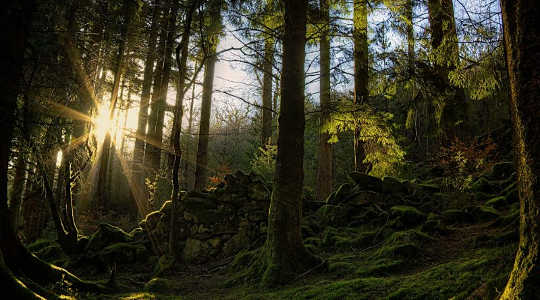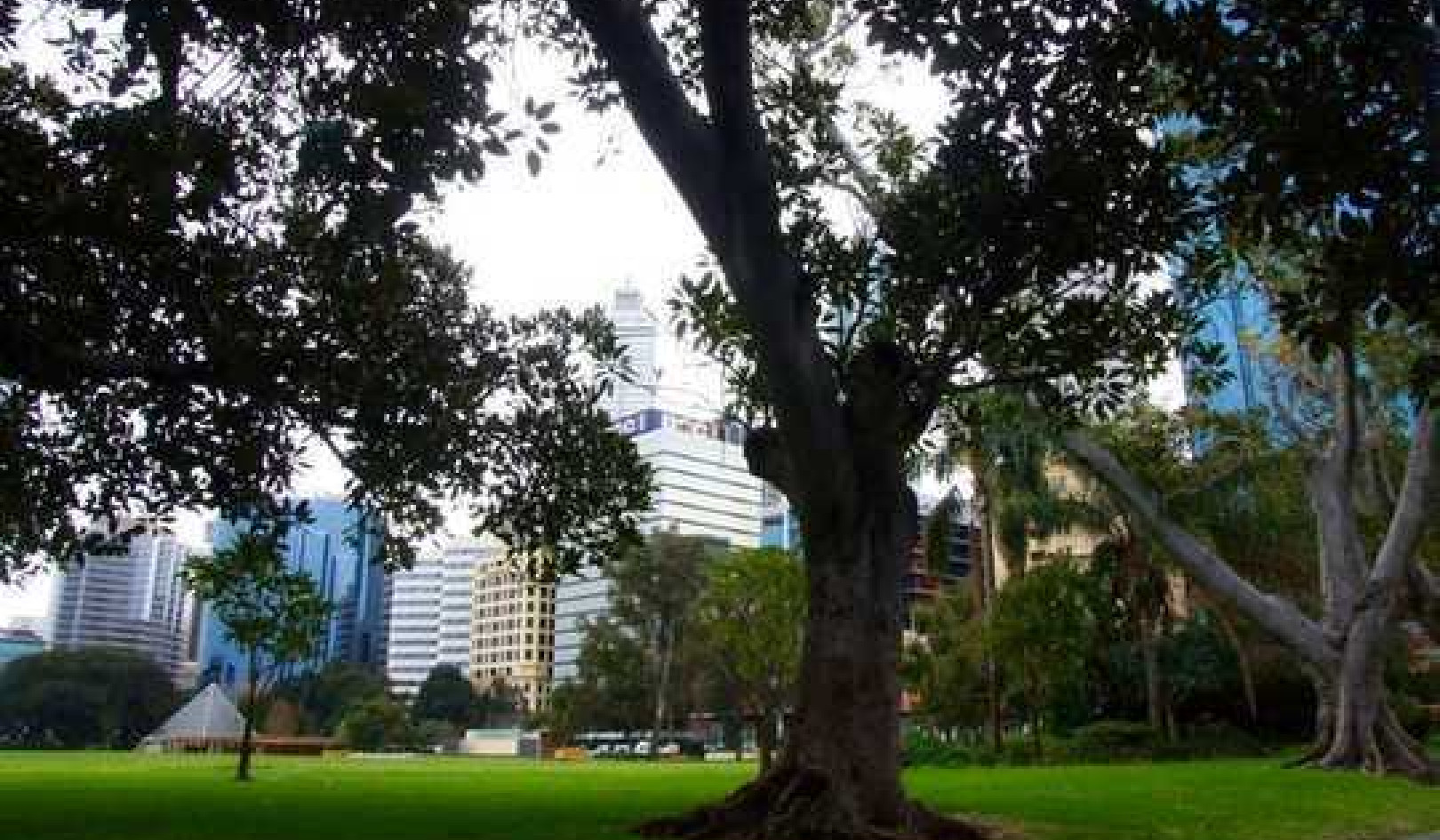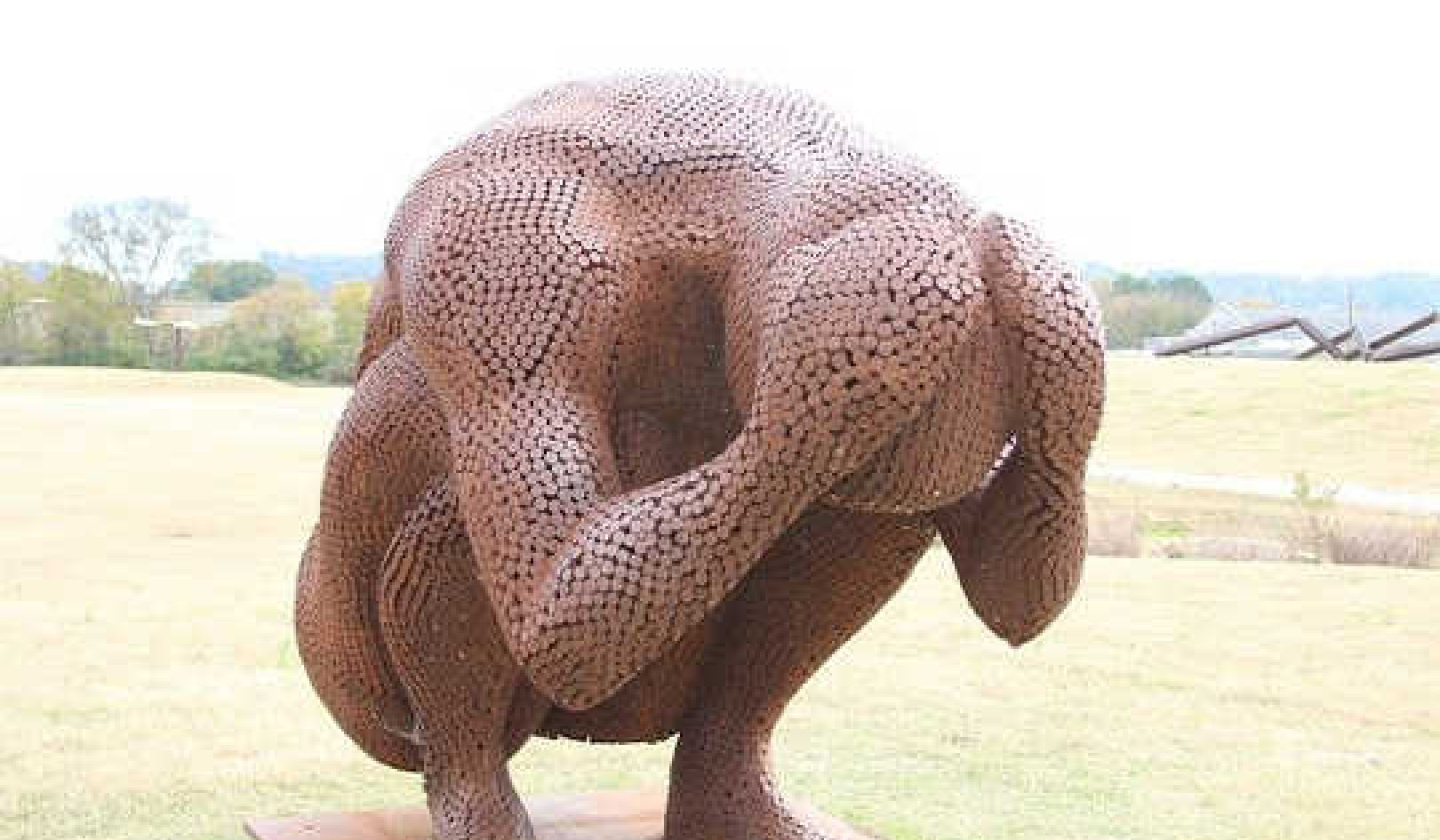
New global database of trees affirms the need for greater conservation and protection of forests to slow the pace of global warming.
European and US scientists have worked out how the Northern hemisphere keeps cool ? so be grateful for the trees, and especially for the forests.
Forests don’t just sequester carbon dioxide and slow the pace of global warming. And they do more than alter the planetary albedo and absorb radiation that would otherwise bounce back into space.
They breathe, and they stir the atmosphere. The very existence of a well-established forest creates turbulence and mixes the air at the planet’s surface, while trees transpire vast volumes of moisture.
And both processes are part of the machinery that regulates local climates and makes a walk in the woods one of life’s more sustainable pleasures.
Mapping forests
Researchers from Norway, Switzerland, Germany and the European Commission’s Joint Research Centre (JRC) in Italy, along with partners in South Carolina and Ohio, report in Nature Climate Change that their latest study grew out of an ambition to map forest and cropland cover across the planet with accuracy.
Space-based orbiting satellites can deliver data from any one location only at intervals, and cannot observe on cloudy days.
So the researchers tried a mix of satellite data and on-the-ground records to build a model of the energy exchange processes for three types of forest, and for three types of other ground cover, including croplands and pasture. They then matched their models with local environmental data.
They found that forests moderate the climate. Over the course of a year, they cool the temperate and tropical zones, and they tend to warm the northern high latitudes.
“ Forests often absorb more solar radiation than grasslands or croplands ”
They also found that what went on at the surface – in particular, the evapotranspiration that takes water from subsoil to atmosphere through the timber and foliage of the forests – mattered even more than the absorption or reflection of sunlight at the surface.
Ryan Bright, a research professor at the Norwegian Institute for Bioeconomy Research, who led the study, says: “Forests often absorb more solar radiation than grasslands or croplands.
“Yet they also transpire more moisture and promote greater turbulent mixing of air relative to short-statured, short-rooted vegetation types like croplands and grasslands.
“What we are finding is that these latter mechanisms are often more important, even in some of the higher latitude regions, where surface albedo has conventionally been given more weight.”
The research once again confirms that forest management is a vital part of national and international plans to mitigate climate change, driven by the release of greenhouse gases as a consequence of humans’ addiction to burning fossil fuels.
Accurate inventory
Almost simultaneously, a separate team from the JRC has published the most comprehensive database so far of the forest trees that cover 33% of Europe’s landmass.
The inventory published in Nature Scientific Data records 600,000 tree occurrences ? accurate to a resolution of one square kilometre ? of more than 200 species.
It is a record of richness and rarity, and a valuable research resource. If botanists and foresters need to know how the mix of species will change with ever-warming climates, the data-set delivers a baseline.
Palaeobotanists who want to reconstruct Ice Age or interglacial forests from pollen and other fossil data found in old lake beds or bogs will have an accurate picture of “now” to compare with their restored “then.”
And, the scientists say, the new dataset “has the potential to improve our preparedness with regard to forest pests, and to help mitigate the threats posed by emerging forest diseases”. – Climate News Network
About the Author
 Tim Radford is a freelance journalist. He worked for The Guardian for 32 years, becoming (among other things) letters editor, arts editor, literary editor and science editor. He won the Association of British Science Writers award for science writer of the year four times. He served on the UK committee for the International Decade for Natural Disaster Reduction. He has lectured about science and the media in dozens of British and foreign cities.
Tim Radford is a freelance journalist. He worked for The Guardian for 32 years, becoming (among other things) letters editor, arts editor, literary editor and science editor. He won the Association of British Science Writers award for science writer of the year four times. He served on the UK committee for the International Decade for Natural Disaster Reduction. He has lectured about science and the media in dozens of British and foreign cities.
 Book by this Author:
Book by this Author:
Science that Changed the World: The untold story of the other 1960s revolution
by Tim Radford.
Click here for more info and/or to order this book on Amazon. (Kindle book)




























